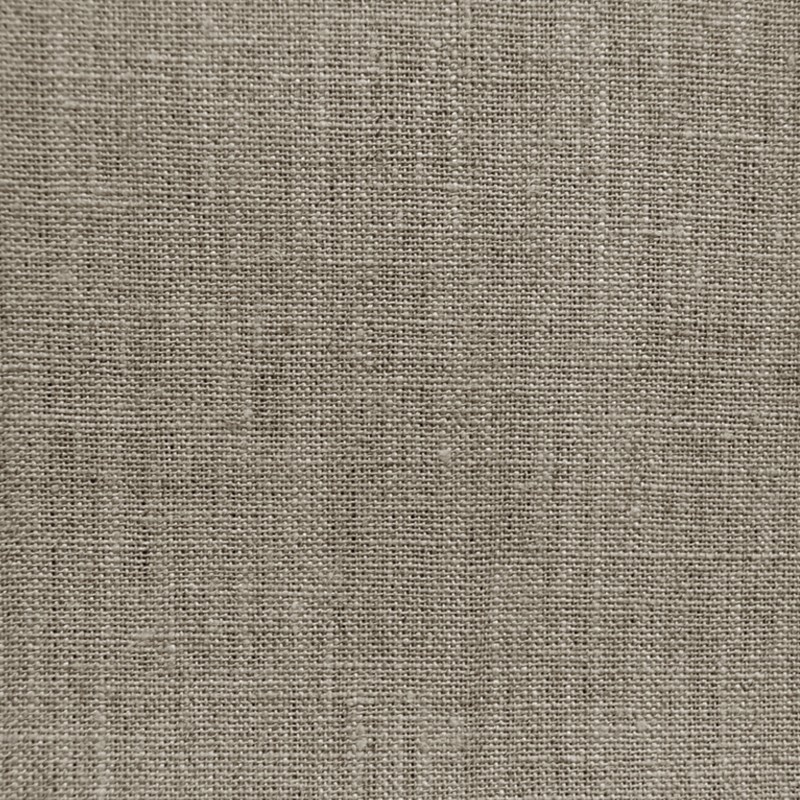There is a huge doubt as to whether or not to waterproof linen fabric. Linen is a noble, expensive fabric, famous for being a cooler fabric ideal for summer use. Linen is an elegant fabric. There are pure linens or mixed linens, available in different colors but always with the same aspect of comfort and elegance.
Understanding Linen
Linen and chenille fabrics are woven where the wefts are more open. This means, in practice, holes between the “squares” of the wefts where air often passes. 
Linen stains
Remember that linen is a super absorbent liquid fabric. And any liquid. Sweat from our skin, soft drinks, juices and even water. That's right, water! If you pour pure water on a linen fabric, possibly after drying it will leave a halo-shaped stain around the places where the water fell. Don't worry, these spots come off easily. However, this linen absorption characteristic is fundamental to understand what to do to waterproof this fabric.
Linen waterproofing
To waterproof the linen fabric is now easy. You have already understood the main characteristics of this fabric. Let's review them:
- Very open wefts
- High liquid absorption
- Changes the color even with pure water
Firstly, linen will need more product than suede or suede fabric. 3 to 5 layers are necessary to moisten the fabric's wefts well. Remember that we are talking about a very open fabric. So, if you have a linen fabric with very large holes at home, align your expectations. The resistance to liquids will be low and for a very short time due to the size of the wefts. As the linen fabric absorbs a lot, moisten the fabric well and moisten it evenly.
Remember that linen changes its color even with pure water. So in linen you cannot apply waterproofing only to the arm or the seat. There will be a color change! There's no way in linen fabric: it's either all or nothing.
Try to use products based on nanotechnology in linen such as Ecotextil which are the most suitable. SiO2 nanoparticles wrap the wefts more efficiently, providing longer-term protection. You can also use water-based waterproofing products like Pro Imper,
Below is a step-by-step waterproofing process for linen fabrics. It will help to understand and achieve an impeccable result.












